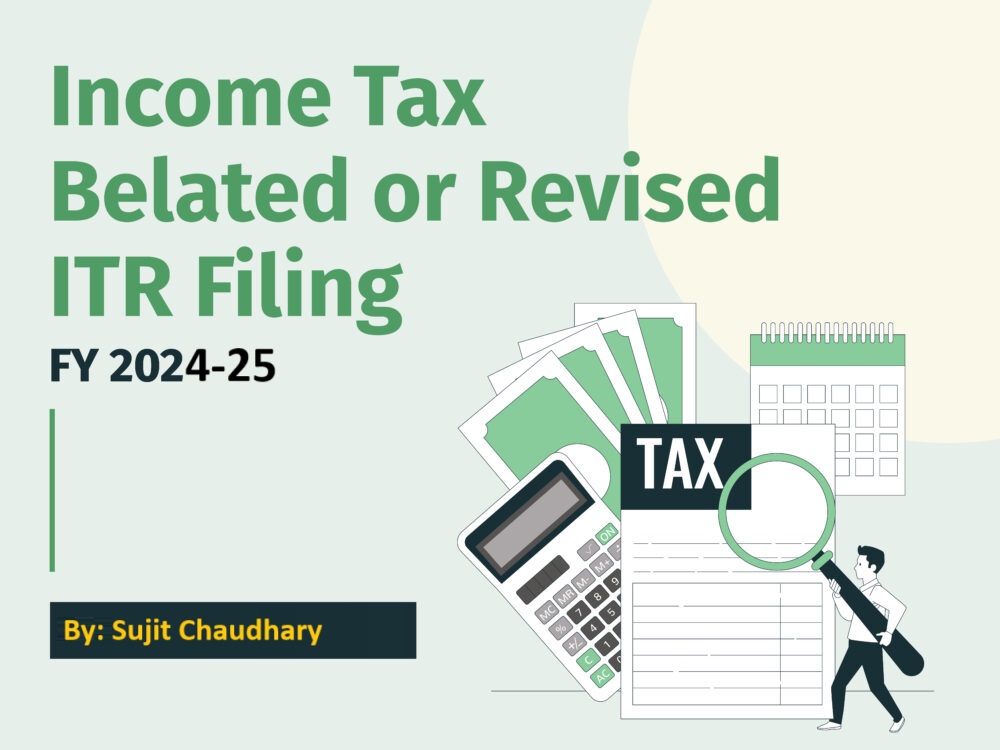Income Tax Act Section 10: Tax-Free Income Explained
Section 10 of the Income Tax Act, 1961, lists incomes that are exempt from taxation. It provides relief to taxpayers by exempting certain types of income either partially or entirely, ensuring that only relevant income is subject to tax. This article explains the key exemptions under Section 10, their applicability, and examples for better understanding.
Purpose of Section 10
The purpose of Section 10 is to reduce the tax burden on individuals and entities by exempting specific categories of income that contribute to economic growth, social welfare, or essential financial benefits.
Key Exemptions Under Section 10
- Section 10(1): Agricultural Income
Income derived from agricultural activities, including farming, cultivation, and related operations, is exempt from tax.
Example: Income from growing crops or selling produce is tax-free.
- Section 10(2): Income of a Hindu Undivided Family (HUF)
A sum received by a HUF member from the family’s income is exempt.
Example: A member receiving ₹2,00,000 from the HUF’s agricultural income does not pay tax on it.
- Section 10(10): Gratuity
Gratuity received by an employee is exempt under certain conditions:
Government Employees: Fully exempt.
Other Employees: Exemption limited to the least of:
₹20,00,000.
Gratuity received.
15 days’ salary for each year of completed service.
- Section 10(10A): Pension
Commuted Pension: Fully exempt for government employees; partially exempt for others.
Uncommuted Pension: Fully taxable.
- Section 10(10D): Life Insurance Proceeds
Amounts received under a life insurance policy are exempt, provided the premium does not exceed 10% of the sum assured.
- Section 10(13A): House Rent Allowance (HRA)
HRA received by a salaried individual is partially exempt. The exemption is the least of:
- Actual HRA received.
- 50% of salary (40% for non-metros).
- Rent paid minus 10% of salary.
- Section 10(14): Allowances
Certain allowances granted to employees for official duties are exempt, such as:
Travel Allowance.
Uniform Allowance.
Academic Research Allowance.
- Section 10(15): Interest on Specified Securities
Interest earned on certain government securities, bonds, and savings certificates is tax-free.
Example: Interest from PPF and Sukanya Samriddhi Account.
- Section 10(16): Scholarships
Scholarships granted to students for educational purposes are exempt from tax.
- Section 10(34): Dividend Income
Dividends received from domestic companies were previously exempt but are now taxable from April 1, 2020, for the recipient.
- Section 10(37): Compensation for Land Acquisition
Compensation received for compulsory acquisition of agricultural land in rural areas is fully exempt.
- Section 10(38): Long-Term Capital Gains (LTCG)
Long-term capital gains on the sale of listed equity shares and equity-oriented mutual funds were tax-free earlier. However, from FY 2018-19, LTCG exceeding ₹1,00,000 is taxed at 10%.
- Section 10(43): Reverse Mortgage Income
Income received through a reverse mortgage scheme is exempt. This provides financial security for senior citizens.
Key Benefits of Section 10
- Tax Relief: Reduces the financial burden on taxpayers.
- Incentives for Savings and Investments: Encourages taxpayers to save and invest in specified instruments.
- Promotes Economic Growth: Exemptions like agricultural income and HRA support key sectors of the economy.
- Social Welfare: Scholarships, gratuities, and life insurance proceeds ensure financial security.
Examples of Section 10 Application
- Agricultural Income:
Farmer A earns ₹5,00,000 from crop cultivation. This income is fully exempt under Section 10(1).
- HRA Exemption:
Employee B earns a salary of ₹6,00,000 annually, receives HRA of ₹1,20,000, and pays ₹1,50,000 in rent.
Exemption: Least of:
₹1,20,000 (actual HRA).
₹3,00,000 (50% of salary for metro cities).
₹90,000 (rent paid – 10% of salary).
HRA Exemption: ₹90,000.
- Scholarship:
Student C receives ₹2,00,000 as a scholarship for higher studies. This amount is fully exempt under Section 10(16).
Recent Amendments to Section 10
Dividend Income (10(34)): Dividends from domestic companies are no longer exempt for the recipient and are taxable as per the individual’s slab rate.
LTCG (10(38)): Exemption for long-term capital gains is restricted to ₹1,00,000 annually.
Conclusion
Section 10 of the Income Tax Act provides vital tax exemptions, benefiting individuals, businesses, and institutions. By understanding these provisions, taxpayers can optimize their tax liabilities and make informed financial decisions. To leverage these exemptions effectively, consulting a tax expert is highly recommended.



Pingback: HRA: Calcution, Sections in ITR and Advantages - Tax Concept